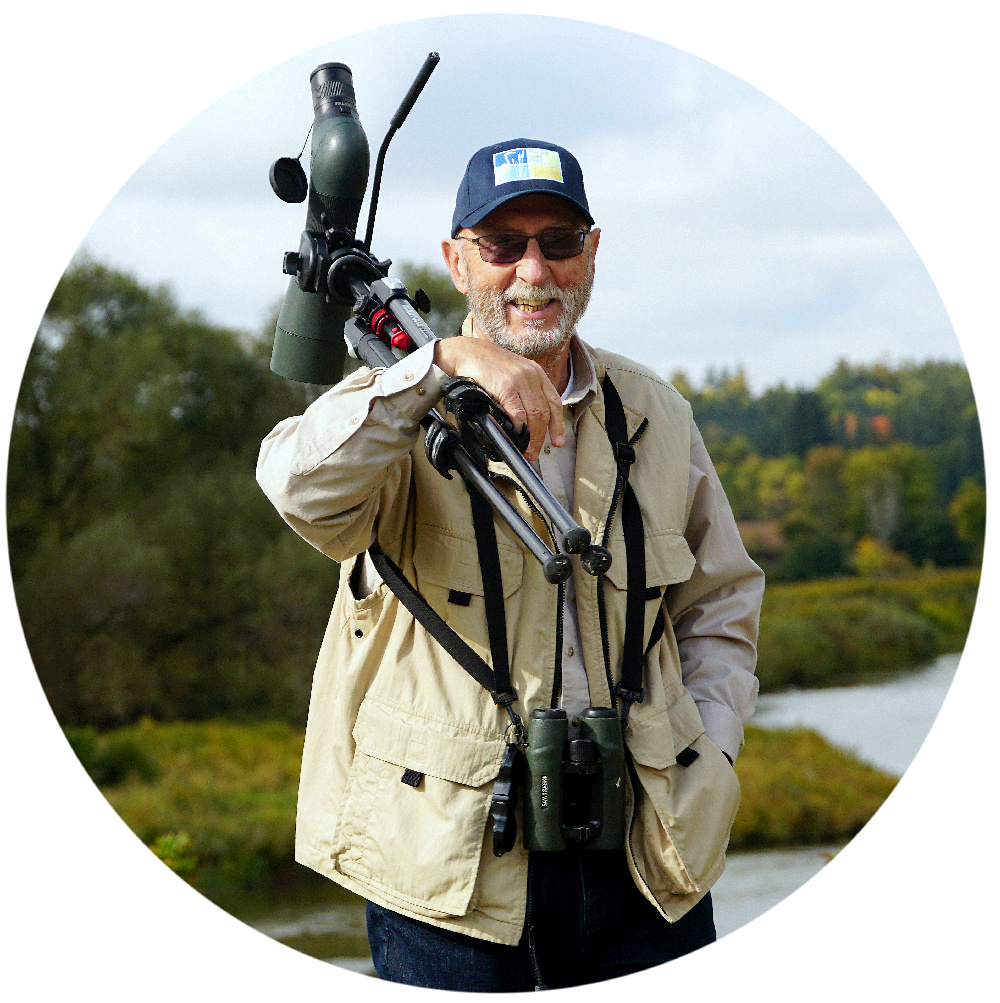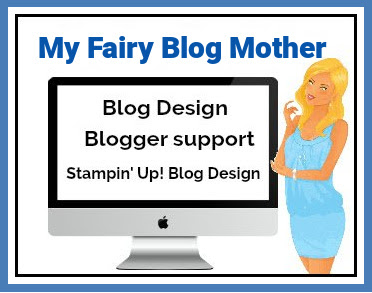More than most nations of the world, New Zealand has suffered from the introduction of alien species by humans, wittingly or unwittingly, with the consequent depauperation of its native flora and fauna.
Reptiles and amphibians have suffered far less than other taxa in this respect, so it was with pleasure that I received a Princeton Field Guide devoted to these animals. I was not familiar with any of the three authors of this work, but they have done a fine job, and I commend the guide they have produced. It is generously illustrated, complemented by a very informative text.
First in the coverage is the "herp" most associated with New Zealand, the Tuatara, the sole surviving member of an ancient lineage of Sphenodontid reptiles. Tuataras feature heavily in Maori culture and legend and are sometimes viewed as a repository of wisdom; gaining thus a special significance in the hearts of many New Zealanders. Healthy populations survive on offshore islands free of introduced mammalian predators.
The succeeding section covers New Zealand Geckos, with an excellent introductory text and a wonderful series of diagrams showing salient gecko characters, as well as electron microscope images of gecko lamellae. There follows a species by species account with photographs and range maps.
Next in line are the skinks, the largest taxonomic group of reptiles and amphibians in New Zealand, most of which are in the near endemic genus Oligosoma. Full coverage of every species is accompanied by photographs and range maps. Skinks are found in almost every corner of New Zealand, including most of the offshore islands, and occupy a wide range of habitats, and are therefore able to be seen by even the most casual observer.
New Zealand is home to only six species of frog, three of which, or fifty percent are non-native. The native species all belong in the genus Leiopelma, are strictly nocturnal and cryptic; therefore are generally encountered by research biologists more frequently than by the layman. All are in a precarious state at one level or another and are in need of active conservation measures. The three introduced species are from Australia, as a result of acclimatisation societies, as has often been the case around the world for organisms in many taxa. If only those nostalgic immigrants could have seen the long-term consequences of their actions!
Five species of marine turtles visit New Zealand, only one as a breeding species, but New Zealand waters are critical habitat for all five species, and the universal threat to oceanic turtles is well known, and has been the subject of intense coverage in recent years.
Four highly venomous marine snakes are found in New Zealand coastal waters, and occasionally washed up on land, but two species are frequently found basking, sometimes in large numbers, and should not be tampered with.
The book provides complete coverage of the entire assemblage of New Zealand reptiles and amphibians, with a well written text and superlative illustrations. I vigorously recommend it to anyone interested in the fauna of New Zealand, and especially for any naturalist contemplating a visit this distant land.
Reptiles and Amphibians of New Zealand
Dylan van Winkel, Marleen Baling and Rod Hitchmough
Paperback - US$35.00 - 9780691199504 - 368 pages - 400 colour photogrpahs - 5 1/ in. x 8 1/2"
Publication date: 25 February 2020
Tuesday, March 03, 2020
Book Review - Reptiles and Amphibians of New Zealand - Princeton University Press
David M. Gascoigne, Tuesday, March 03, 2020
David M. Gascoigne,
I'm a life long birder. My interests are birds, nature, reading, books, outdoors, travel, food and wine.
you may also like
Subscribe to:
Post Comments (Atom)
Land Acknowledgement
We acknowledge that the land on which we are situated are the lands traditionally used by the Haudenosaunee, Anishinaabe, and Neutral People. We also acknowledge the enduring presence and deep traditional knowledge, laws, and philosophies of the Indigenous Peoples with whom we share this land today. We are all treaty people with a responsibility to honour all our relations.
Followers
Welcome

My name is David. I'm a lifelong birder, fiercely committed to all of nature, however. Married to Miriam Bauman. I love to travel. I Enjoy a good book and a good glass of wine. To read more about me, click my ABOUT page.
Follow by Email
Search This Blog
Blog Archive
Popular Posts
-
I am quite confident in my judgement when I say that nuthatches (Family Sittidae ), small birds with a remarkable ability to scurry dow...
-
It has been a long time since I received those annoying, “Fail to publish, please try again later,” notices, but it is happening aga...
-
02 November, 2025 We had been invited to take a stroll though Laurel Creek C.A. with good friends, Dave and Mary, followed by coffee ...
-
29 November, 2025 After a snowy overnight, with everywhere white and glistening, it was a perfect day for an outing with our little Pri...
-
22 November, 2025 Leader: David M. Gascoigne Participants: Farid Asey, Heela Asey, Mina Asey, Palwasha Asey, Sameer Asey, Mary Ann Cassidy, ...
-
Mere days ago I was having a discussion with a friend about the exclusion of women from so many aspects of society in certain parts o...
-
I just returned from a successful and highly enjoyable visit to Colombia with birding friends. We'll all have very fond memories fo...
-
23 October, 2025 Predictably, Mallards ( Anas platyrynchos ) were easily found. You will note just left of centre in the picture...
-
Of late, there seems to be more and more involved with posting a comment to some blogs, not all by any means, but enough! It is ...
-
As I continue to be afforded the great pleasure of leading outings for Waterloo Region Nature, I am offering two options for local de...


















You do find some fascinating and informative works to review. Many thanks.
ReplyDeleteFlorida has nearly lost many many species due to boa constrictors. The everglades are being emptied, the boas are appearing in back yards. Zebra fish are eating local fish.
ReplyDeleteScay.
I'm sure it's a interesting book, David. I'm not very fond of reptiles, but I sometimes have worms and frogs in my garden. Today it was very many birds here who visited my feeders. The snow makes them very hungry.
ReplyDeleteThat sounds like an awesome book to have in my library. I will be having a look around for it, thanks to your review :)
ReplyDeleteIt would be a great addition, Margaret.
DeleteSounds like a great book. I'm scared of snakes, but I do like geckos, and always enjoyed watching them in my time in Israel. Have a great day, regards, Valerie
ReplyDeleteI love all animals, including the Komodo dragon (because it is so far away!) but I am afraid of the little frogs ... in general of all amphibians! I get chicken skin when I see the pictures! Brrr ... Because my son lives in the polder ... on spring is full of frogs ... I always wear boots when I go to take pictures!
ReplyDeleteEncore un livre qui semble très riche en informations et photos.
ReplyDeleteBonne journée
Hello, I love all the creatures, this looks like a great field guide. Thanks for the review. Have a great day!
ReplyDeleteVeldig gøy å lese!Jeg liker reptiler!Men ville ikke ha en i fangen skap!
ReplyDeleteTakk for at du deler og ønsker deg og dine en flott helg!
Hi David - it's interesting to know that NZ has some endemic species ... the Tuatara sounds fascinating ... but those marine snakes must be really dangerous - another of Princeton's wonderful reference books ... cheers Hilary
ReplyDeleteThis is so cool! I recently attended a talk on reptiles, and I have decided that they are some of my favourite creatures. It's always good to learn more about them.
ReplyDeleteAlien species are a huge problem world over and it is always the native species that suffer which is so sad. I am generally quite interested in reptiles but the venomous marine snakes are a new one on me. I have never been to New Zealand, though a couple of visits have been made to Australia. Remind me not to swim in the waters around anywhere there!! I see they are fairly docile and there is no record of anyone being bitten but I always believe in not taking stupid chances! Cheers Diane
ReplyDeleteI should find that one for Rick's brother. Not my thing -- I don't do reptiles (except frogs) but they travel to NZ often and hike!
ReplyDeleteComo siempre amigo David la mano del ser humano. ¿Cuando dejaremos de una vez por todas de trasladar toda clase de especies de un lugar a otro sin tener en cuenta las consecuencias de estas acciones?
ReplyDeleteMe parece un libro sumamente interesante por las explicaciones que has dado.
Un fuerte abrazo querido amigo y compadre David.
Many venomous snakes...
ReplyDeleteThe area is beautifully represented in the book.
Looks like a great field guide. Nice review, David!
ReplyDeleteGreat to see this book is out there. There is a lot of conservation going on trying to save many creatures. As long as the snakes stay in the water, I'm good--there aren't any on land :)
ReplyDeleteI'm so happy to see you at 'My Corner of the World' this week!
My Corner of the World
You do find some wonderful books to review. It's doubtful that I'll ever have a chance to travel to NZ, but if the opportunity arose, this would be a good resource.
ReplyDeleteReptiles and amphibians are some of the favorite critters that I encounter while gardening. They are essential parts of any healthy ecosystem. Including New Zealand's.
ReplyDeleteJag håller mig gärna på avstånd från reptiler men jag skulle i varje ögonblick argumentera för deras rätt att existera i våra ekosystem.
ReplyDeleteJag trampade en gång i min ungdom på en giftorm som satte spår hos mig. Jag har jobbat med min rädsla som nu är hanterbar genom att konfrontera mig med ormarna, iaktta dem och ibland även fotografera dem men på behörigt avstånd.
Reptiles and amphibians are an essential part of every healthy ecosystem.
DeleteThe reptiles and amphibians are beautiful, and NZ for many absolutely.
ReplyDeleteMe parece muy interesante. Besos.
ReplyDeleteAnother fascinating book and another great review, David!
ReplyDeleteI'd love to visit New Zealand, but mainly for the plants. :)
I'll meet you there. You do the plants and I'll do the birds! And we'll squeeze in a few amphibians too.
DeleteSounds like a great book. I'm petrified of snakes!!!
ReplyDeleteA wonderful review of this book David. I hope that it will be of great use to people who will vissit New Zealand.
ReplyDeleteRegards,
Roos
Buen libro David. Interesarnos y saber de la naturaleza siempre es bueno.
ReplyDeleteUn abrazo
...I love the icy path, but I'll stick with walking on sand for a bit longer!
ReplyDeleteNew Zealand is a country I'd love to visit, David, as my mother, in her later life, used to spend most of her winters out of UK, and live in a camper van in NZ on North Island, and always said how beautiful it was. If ever I go there, this is a book I would have to buy!
ReplyDeleteThis looks like an enjoyable coffee table book. I love seeing these little creature when out and about. The skinks we see here have amazing shiny skin.
ReplyDeleteIt is far more than a coffee table book, Val.
DeleteI'd find that interesting.
ReplyDeleteFunny and also very nice that you keep posting a book review on your blog. This way everyone can see what it is and if he is attracted to it, he can also buy that book. Always very interesting and educational :-)))
ReplyDeleteDear greetings, Helma